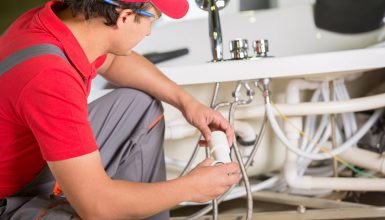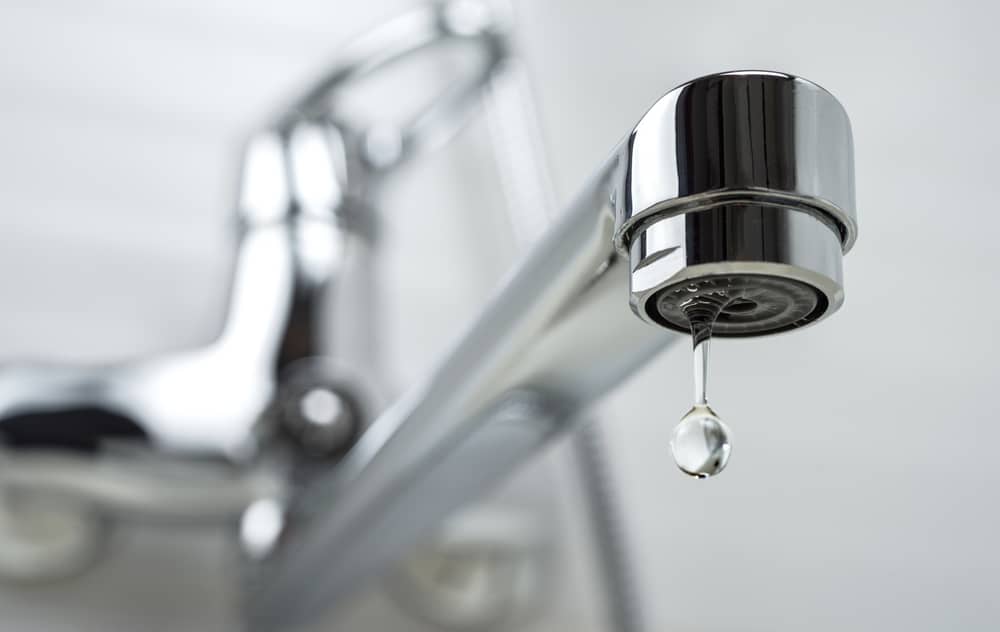Swift Fixes for Reduced Water Pressure in Your Home
Swift Fixes for Reduced Water Pressure in Your Home
Blog Article
How do you really feel in regards to Dealing with Low Water Pressure in Your Home?

Low tide stress in your house can be a frustrating problem, affecting everything from bathing to cleaning dishes. If you're experiencing weak water flow, there are several possible causes and services to explore. In this guide, we'll talk about common factors for low tide pressure and practical actions to resolve the problem properly.
Introduction to Low Tide Pressure
Low tide stress happens when the circulation of water from your taps, showers, and other components is weaker than usual. This can make daily tasks more difficult and much less efficient. Recognizing the root causes of low tide stress is critical to discovering the appropriate solution.
Typical Root Causes Of Low Tide Stress
Faulty Pressure Regulators
Pressure regulatory authorities are accountable for preserving constant water pressure in your house. If they malfunction, it can lead to low water stress or unequal flow throughout the house.
Community Water System Issues
Often, the problem exists outside your home. Metropolitan water system problems, such as main line leakages or upkeep work, can momentarily decrease water stress in your location.
Pipeline Obstructions
In time, pipes can end up being clogged with mineral deposits, sediment, or particles, restricting the circulation of water. This is a typical concern in older homes with galvanized steel pipelines.
Rust
Corrosion within pipes can bring about leakages and lowered water stress. Corrosion buildup can constrict water circulation, specifically in maturing plumbing systems.
Just How to Detect Low Water Pressure
Evaluating Pipelines
Evaluate noticeable pipes for indicators of leakages, rust, or blockages. Take note of any unusual audios, such as knocking or rattling pipelines, which could show concerns within the plumbing system.
Consulting with a Plumber
If you're not able to determine the cause of low water pressure, take into consideration employing a specialist plumber to carry out a complete evaluation. They can recognize underlying issues and recommend ideal solutions.
Inspecting Faucets and Fixtures
Start by checking the water pressure at different faucets and components throughout your home. If the concern is separated to certain areas, it might suggest local troubles.
DIY Solutions to Take Care Of Low Tide Stress
Flushing Hot Water Heater
Debris accumulation in the hot water heater can restrict circulation and minimize efficiency. Flushing the storage tank occasionally helps remove debris and maintain optimum efficiency.
Checking Pressure Regulator
Make certain that the stress regulator is working properly. Readjusting or changing the regulator can help bring back proper water pressure throughout your home.
Cleaning Aerators and Showerheads
Natural resources can collect in aerators and showerheads, decreasing water flow. Get rid of and cleanse these components regularly to boost water stress.
Cleaning Clogs in Pipeline
For minor obstructions, attempt using a plumbing serpent or chemical drainpipe cleaner to clear blockages in pipelines. Beware when making use of chemicals and comply with safety guidelines.
When to Call a Professional Plumber
If do it yourself initiatives fail to deal with the concern or if you presume significant plumbing problems, it's ideal to look for aid from a qualified plumber. They have the experience and tools to deal with complicated problems safely and properly.
Safety Nets to Maintain Water Pressure
Installing a Stress Booster
Take into consideration installing a stress booster pump to improve water pressure in locations with constantly low flow. This can be specifically helpful for multi-story homes or residential properties with high-demand fixtures.
Surveillance Water Usage
Be mindful of water usage behaviors and avoid ill-using the plumbing system. Basic adjustments, such as astonishing showers and washing lots, can help preserve ample water stress.
Regular Upkeep
Schedule regular upkeep for your plumbing system to prevent problems such as rust, leaks, and clogs. Resolving small issues early can aid stay clear of more considerable repair services later.
Conclusion
Handling low tide pressure can be irritating, but determining the underlying causes and executing appropriate remedies can recover ideal circulation throughout your home. Whether it's cleaning up aerators, checking pipelines, or talking to a plumber, taking aggressive steps can ensure a constant supply of water for your daily demands.
FOUR WAYS TO FIX LOW WATER PRESSURE NOW
Turning on a shower or faucet only to find the water comes out in a sad, slow drizzle is never a good feeling. How exactly are you supposed to wash a pan or take a quick shower when it takes 10 minutes just to rinse off a little soap? The good news is that when your water pressure is bad, there's always a cause: typically one that can be easily fixed. Here are some of the most common causes of low pressure and what you can do to fix the issue:
DEBRIS AND MINERAL DEPOSIT BUILDUPS
If you notice low water pressure from just one or two of the fixtures in your house, the problem likely has to do with debris buildup. Water is full of minerals and other debris, all of which can accumulate in your pipes and on your fixtures. This can cause a blockage that affects how much water flows through. To fix this, try filling a small plastic bag with white vinegar, and use a rubber band to hang it around your showerhead or faucet. Let the head of the fixture soak for a few hours, and the vinegar should loosen the deposits.
WATER LEAKS
Leaks are another common cause of low water pressure. If water is flowing out of your plumbing through a hole or crack before it can reach your fixture, the pressure coming out of the faucet or showerhead will be lower. A plumbing professional is your best bet for finding and repairing a leak in your water supply pipes.
Leaks are another common cause of low water pressure. If water is flowing out of your plumbing through a hole or crack before it can reach your fixture, the pressure coming out of the faucet or showerhead will be lower. A plumbing professional is your best bet for finding and repairing a leak in your water supply pipes.
A VALVE ISSUE
If you have low water pressure throughout your home, check your main shut-off valve to make sure it's completely open. You may also want to see if there's a pressure-reducing valve installed. If there is, have a plumber help you adjust the settings to get the pressure you're looking for.
OTHERS USING WATER
Believe it or not, your low water pressure could be caused by your neighbors. If you notice low pressure at certain times of day, it may be because you and the people living next to you have similar schedules - when everyone is showering at the same time, the pressure will be lower in every home. Low pressure throughout the neighborhood may also be caused by an issue with your municipal water supply. If that's the case, call the supplier to see if they're working on the issue.
https://www.rotorooter.com/blog/water-leaking/low-water-pressure-fixes/

As a keen reader on 9 Reasons for Low Water Pressure in Your House, I assumed sharing that section was worth the trouble. Sharing is caring. Helping others is fun. Thanks so much for your time spent reading it.
Start Now Report this page